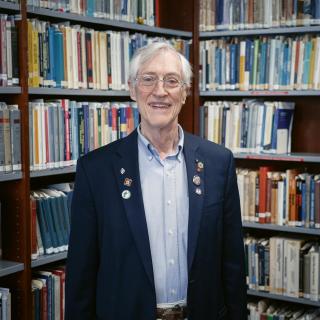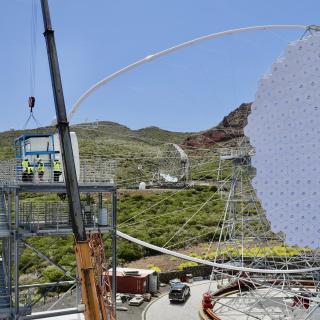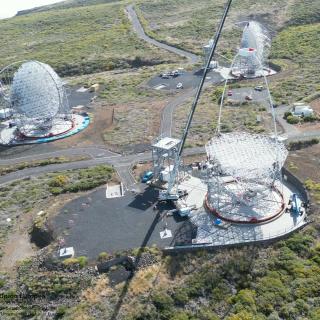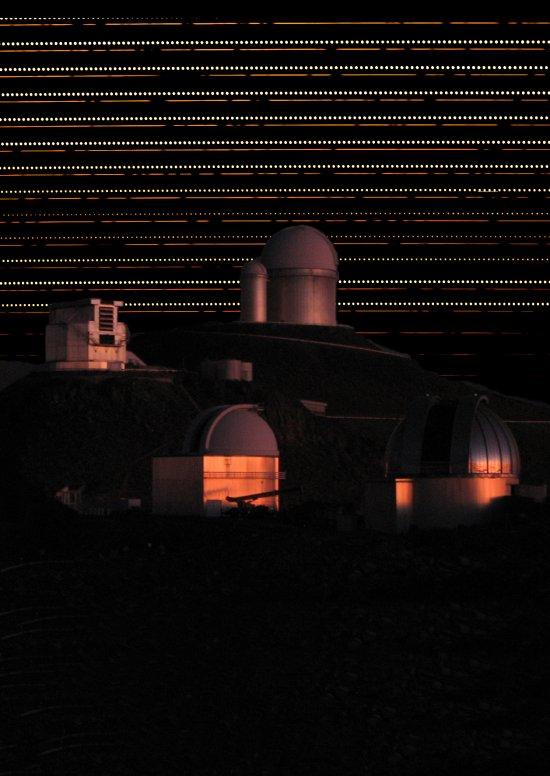It may interest you
-
 The Museo de la Ciencia y el Cosmos, part of the Organismo Autónomo de Museos y Centros del Cabildo de Tenerife, will host a conference by the astrophysicist and 2006 Nobel Laureate in Physics, John Mather, entitled ‘Unsolved mysteries of physics and astronomy’, on Friday 9th May. Mather receives this week the recognition as Doctor Honoris Causa of the Universidad de La Laguna (ULL) with the sponsorship of the researcher of the Instituto de Astrofísica de Canarias (IAC) and Doctor Honoris Causa of the ULL, John Beckman. Mather's lecture, which will be in English, will be presented by theAdvertised on
The Museo de la Ciencia y el Cosmos, part of the Organismo Autónomo de Museos y Centros del Cabildo de Tenerife, will host a conference by the astrophysicist and 2006 Nobel Laureate in Physics, John Mather, entitled ‘Unsolved mysteries of physics and astronomy’, on Friday 9th May. Mather receives this week the recognition as Doctor Honoris Causa of the Universidad de La Laguna (ULL) with the sponsorship of the researcher of the Instituto de Astrofísica de Canarias (IAC) and Doctor Honoris Causa of the ULL, John Beckman. Mather's lecture, which will be in English, will be presented by theAdvertised on -
 The Roque de los Muchachos Observatory (ORM) of the Instituto de Astrofísica de Canarias (IAC), located on La Palma, has reached another important milestone with the installation of the camera of the LST-4, one of the four Large-Sized Telescopes (LST), which will be part of the Cherenkov Telescope Array Observatory (CTAO), currently under construction. The installation of the camera represents the completion of the telescope assembly and marks its transition to the commissioning phase. After a thorough performance evaluation at the IACTEC building, the IAC's technological and businessAdvertised on
The Roque de los Muchachos Observatory (ORM) of the Instituto de Astrofísica de Canarias (IAC), located on La Palma, has reached another important milestone with the installation of the camera of the LST-4, one of the four Large-Sized Telescopes (LST), which will be part of the Cherenkov Telescope Array Observatory (CTAO), currently under construction. The installation of the camera represents the completion of the telescope assembly and marks its transition to the commissioning phase. After a thorough performance evaluation at the IACTEC building, the IAC's technological and businessAdvertised on -
 The four large sized telescopes of the CTAO on La Palma reach a key milestone in their construction The LST-2 telescope has successfully completed the installation of its camera support structure (CSS), making it the last of the four Large Sized Telescopes ( LST ) to reach this important milestone in its construction at the Roque de los Muchachos Observatory of the Instituto de Astrofísica de Canarias (IAC) on La Palma. This telescope is part of the ambitious CTAO ( Cherenkov Telescope Array Observatory ) project, which will create the world's largest network of telescopes for the detectionAdvertised on
The four large sized telescopes of the CTAO on La Palma reach a key milestone in their construction The LST-2 telescope has successfully completed the installation of its camera support structure (CSS), making it the last of the four Large Sized Telescopes ( LST ) to reach this important milestone in its construction at the Roque de los Muchachos Observatory of the Instituto de Astrofísica de Canarias (IAC) on La Palma. This telescope is part of the ambitious CTAO ( Cherenkov Telescope Array Observatory ) project, which will create the world's largest network of telescopes for the detectionAdvertised on
